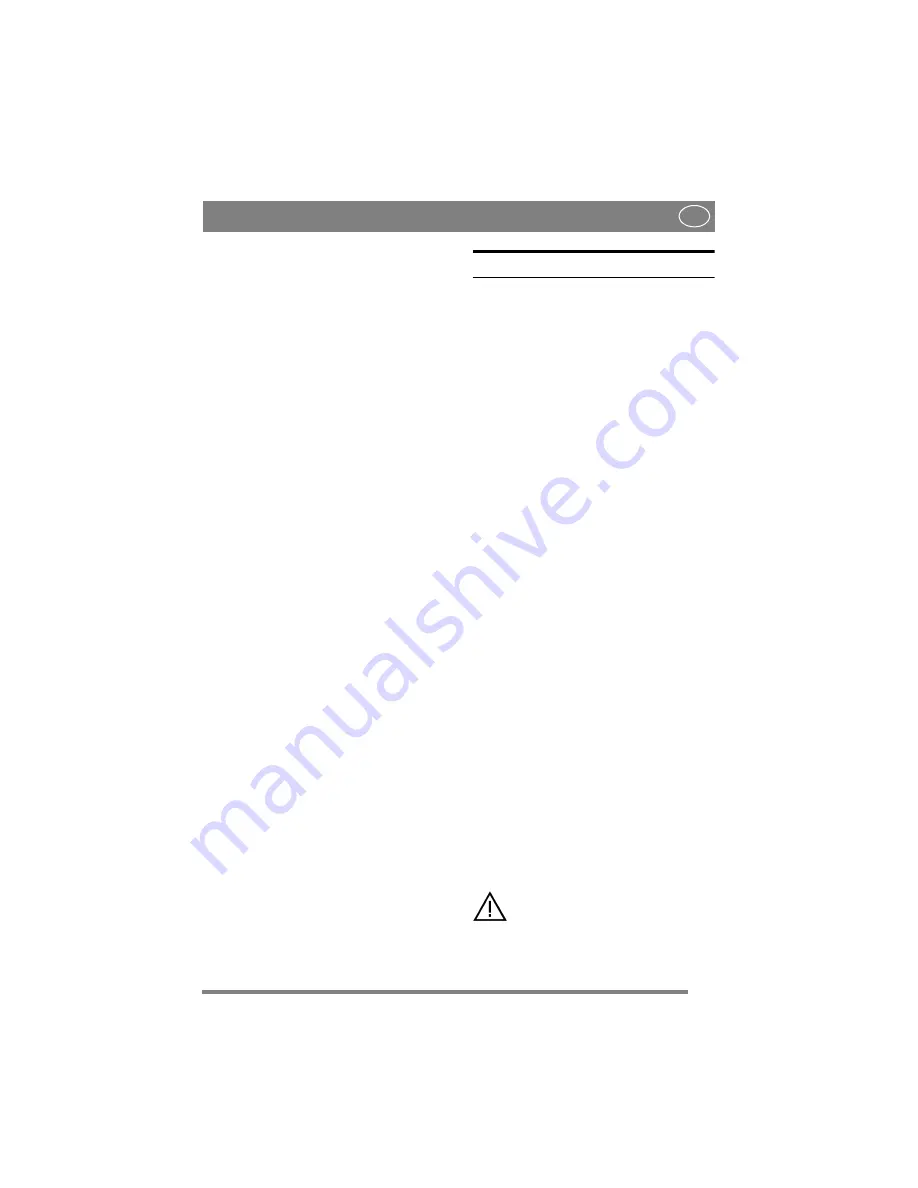
11
ENGLISH
EN
1. Install the steering column jacket on the steer-
ing column and secure by knocking in the ten-
sion pin (C) approximately 1/3 of its length.
2. Pull the steering column jacket and the steering
column up.
3. From the outside, check whether no washers,
the 0.5 mm washer, the 1.0 mm washer or both
washers can be inserted into the gap. The wash-
er/washers must not be forced in, as there must
be a little axial play.
4. Pull out the cotter pin and dismantle the steering
wheel jacket.
5. Install the washer/washers in accordance with
point 3 above.
6. Install the steering column jacket on the steer-
ing column and secure by knocking in the ten-
sion pin fully. Use a counterhold.
3.6 Gear lever (4125M)
Screw the gear lever (A) into the threaded hole by
the steering wheel. Grip using an adjustable
wrench, for example, and tighten firmly (fig. 8).
3.7 Towing hitch
See fig. 9. Screw the towing hitch (J) into the two
holes on the underside of the rear axle using screws
(L+K). Tighten the screws properly.
Tightening torque: 22 Nm.
3.8 Tyre pressure
Check the air pressure in the tyres. Correct air
pressure:
Front: 0.6 bar (9 psi)
Rear: 0.4 bar (6 psi)
3.9 Accessories
For the installation of accessories, see separate in-
stallation guide supplied with each accessory.
Note: The cutting deck is regarded as an accessory
here.
3.10References
3.10.1Figures
The figures in these instructions for use are num-
bered 1, 2, 3, etc.
Components shown in the figures are marked A, B,
C, etc.
A reference to component C in figure 2 is written
“2:C”.
3.10.2Headings
The headings in these instructions for use are num-
bered in accordance with the following example:
“1.3.1 General safety check” is a subheading to
“1.3 Safety checks” and is included under this
heading.
When referring to headings, only the number of the
heading is normally specified. E.g. “See 1.3.1”.
4 DESCRIPTION
4.1 Transmission
4.1.1 4125M
The machine is rear wheel drive.
The rear axle is equipped with a manual transmis-
sion with 5 forward gears and one reverse gear.
The rear axle is also equipped with a differential to
facilitate turning.
Front mounted tools are driven by drive belts.
4.1.2 4135H, 4155H
The machine is rear wheel drive.
The rear axle is equipped with a hydrostatic trans-
mission with infinitely variable forward and re-
verse gear ratios.
The rear axle is also equipped with a differential to
facilitate turning.
Front mounted tools are driven by drive belts.
4.1.3 4155H 4WD
The machine has 4-wheel drive. The power from
the engine to the drive wheels is transferred hy-
draulically. The engine drives an oil pump, which
pumps oil through the rear and front axle drives.
The front axle and rear axle are connected in se-
ries, which means that the front wheels and rear
wheels are forced to rotate at the same speed.
To make turning easier, both axles are equipped
with differential.
Front-mounted implements are powered via drive
belts.
4.2 Steering
The machine is articulated. This means that the
chassis is divided into a front and a rear section,
which can be turned in relation to each other.
The articulated steering means that the machine
can turn around trees and other obstacles with an
extremely small turning radius.
4.3 Safety system
The machine is equipped with an electrical safety
system. The safety system interrupts certain activ-
ities that can entail a danger of incorrect manoeu-
vres. For example, the engine cannot be started if
the clutch-parking brake pedal is depressed.
The operation of the safety system must
always be checked every time before
use.





































